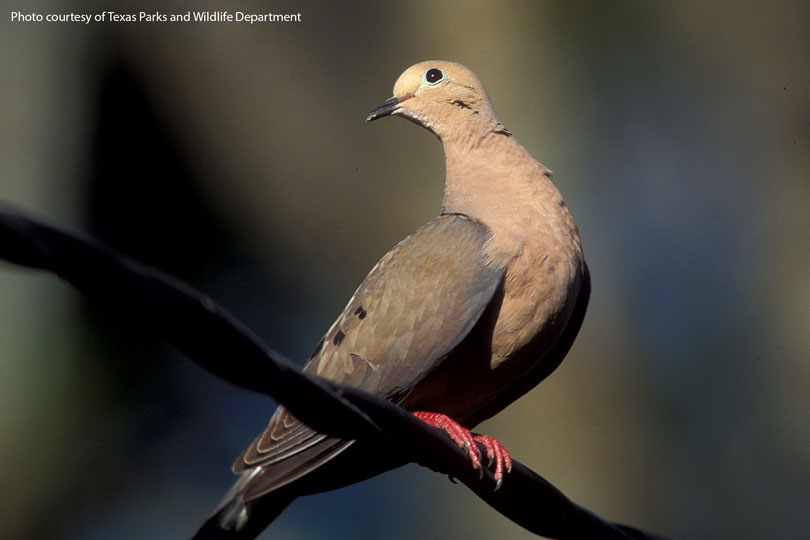By Gary Joiner
TFB Radio Network Manager
There should be birds aplenty for Texas hunters for the opening of dove season.
The regular season opens Sept. 1 in the North and Central Zones and Sept. 14 in the South Zone.
“Things are looking really, really good,” said Owen Fitzsimmons, Dove Program leader for the Texas Parks and Wildlife Department (TPWD), in an interview with the Texas Farm Bureau Radio Network. “I’m anticipating that dove numbers are going to be up this year. I’m really positive about this year’s hunting season.”
Fitzsimmons said this year’s dove survey indicated higher population counts. The same was true last year, he said, but rain during the first few weekends of the season threw a kink into hunting plans.
“I’m hoping this year that things are going to look better, and we’ll have some good weekends. And people can get out there and really get to hunting like they have in the past few years,” Fitzsimmons said.
The regular season in the North Zone for 105 counties is Sept. 1-Nov. 12 and Dec. 20-Jan. 5, 2020.
The regular season in the Central Zone for 138 counties is Sept. 1-Nov. 3 and Dec. 20-Jan. 14, 2020.
The regular season in the South Zone for 54 counties is Sept. 14-Nov. 3 and Dec. 20-Jan. 23, 2020.
The Special White-Winged Dove Days in the South Zone are Sept. 1, 2, 7 and 8.
“We’re not going to have that traditional three-day opener, but we are still opening as early as possible and the earliest that we have in over half century,” he said. “We still have our full 90-day season and our 15-bird bag limit, so just the same as last year.”
Favorable habitat conditions and the abundance of food during the peak nesting season in April through July helped with chick survival. Dove can have three to four, sometimes five, clutches throughout a year.
“They’re pretty good at producing chicks and, especially, in a good year like this year. They’ll typically have one to three eggs, and it only takes about a month for them to build a nest, lay eggs, raise chicks, and put those chicks to a point where they’re starting to fledge and venture out on their own,” said Fitzsimmons.
TPWD reports more than 300,000 Texas hunters harvest nearly one third of the mourning doves taken nationwide each year, far more than any other state.
In recent years, an estimated 10 million doves are harvested in Texas annually.
While Texas supports breeding populations of more than 34 million mourning and 10 million white-winged doves, those numbers swell during the fall when birds from northern latitudes funnel south.
The white-winged dove population continues to expand not just in numbers but also in distribution in Texas and beyond the state.
“We’re actually seeing white-wings up into Oklahoma. They’re getting white-wings up into Colorado now, southern Colorado. There’s even some white-wings that have been spotted across the Canadian border,” he said.
Licenses go on sale on Aug. 15. In addition to a hunting license, anyone born after Sept. 1, 1971, must successfully complete a hunter education training course in order to hunt legally in Texas.
A Migratory Game Bird endorsement and Harvest Information Program (HIP) certification are also required to hunt dove.
HIP certification involves a brief survey of previous year’s migratory bird hunting success and is conducted at the time licenses are purchased.

